Introduction
- Current recognition rates of Walmart’s services among target audiences: moderate;
- High levels of awareness among U.S. customers and well-established presence in the U.S. market (Ferrell & Speh, 2017);
- Low popularity within other markets outside of the U.S. economic setting;
- Current goal: expanding into other areas and attracting the attention of new audiences;
- Key objective: designing a new marketing framework for integrating into a new market.
Although Walmart has attained impressive levels of recognition in its home market, the company needs to expand into other areas, increasing its audience and influence. To attract new buyers and appeal to a new range of customers Walmart will have to build a new marketing approach that will target unique needs of the specified audiences. Therefore, a careful assessment of the market demand and the development of innovative strategies is required.
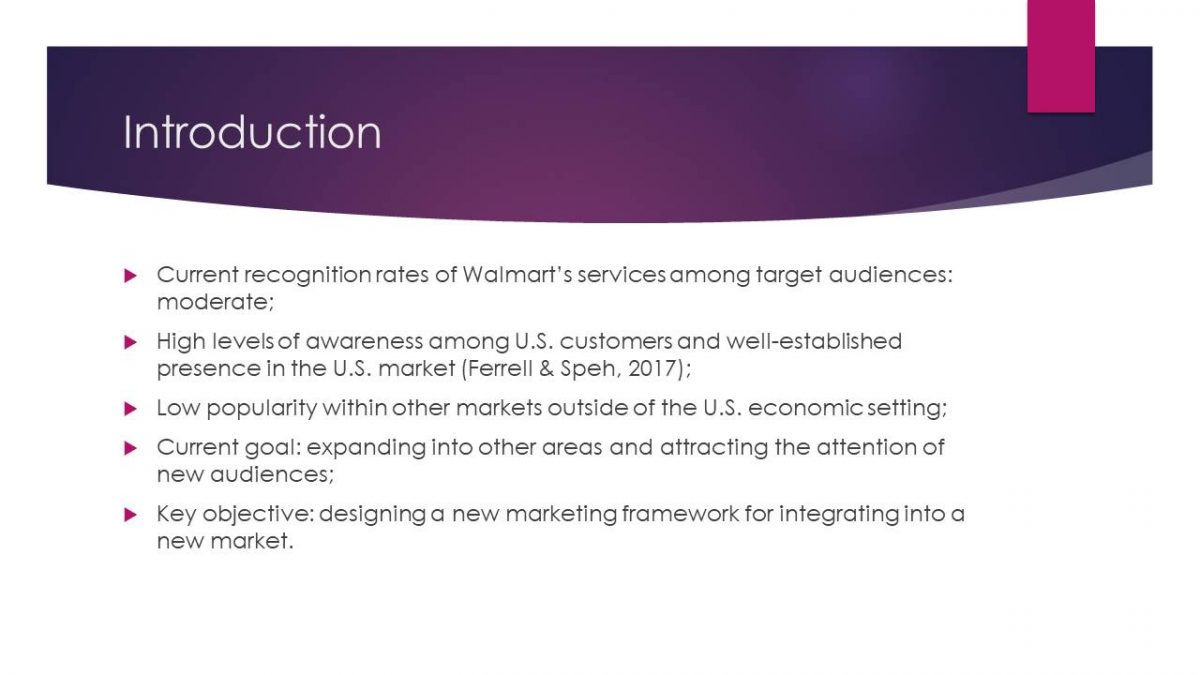
Target Market
- Recent achievement of Walmart: expansion into the UK market (Alvarez-Milán, Felix, Rauschnabel, & Hinsch, 2018);
- Next objectives to pursue: Indian and Brazilian economic settings;
- Key goal: establishing a presence in the Brazilian and Indian markets;
- Rationale: numerous opportunities for expansion and cost-effective production.
Walmart has been quite successful in enhancing its influence in the UK economic setting. However, the current progress also needs to be supported by the introduction of Walmart’s services to other countries. India and Brazil should be seen as the most likely areas for expansion since they offer cheap labor force and a vast number of resources (Diallo, Burt, & Sparks, 2015).
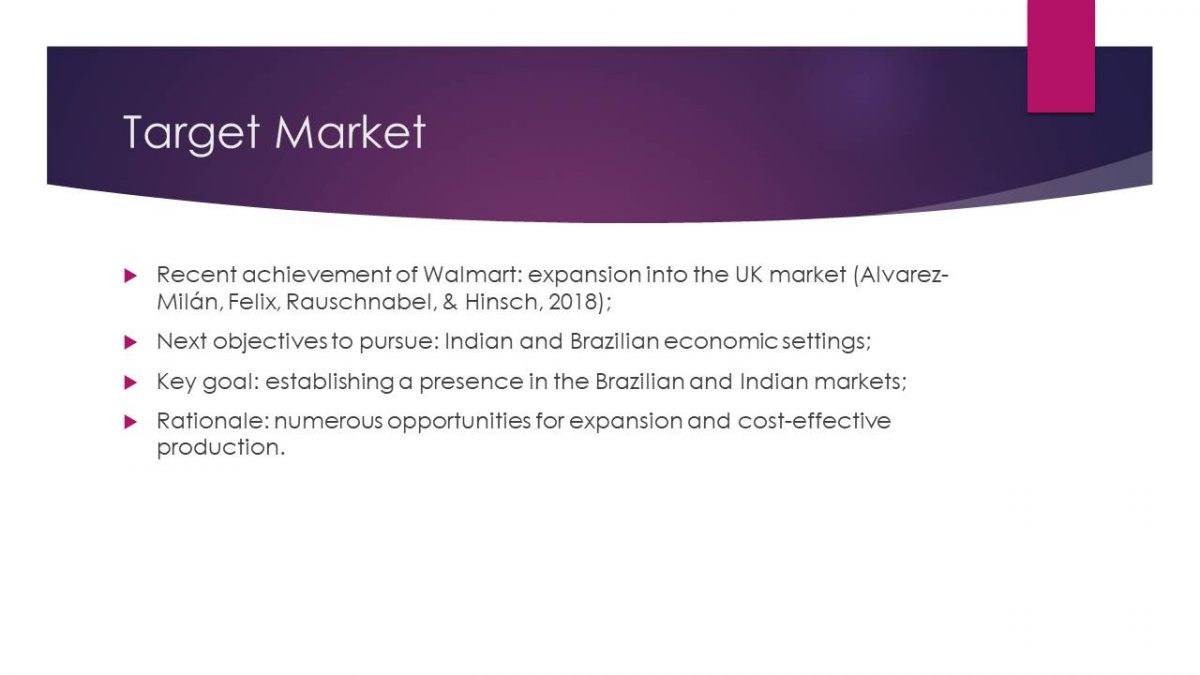
Market Size
Brazil
- Market size: $1,1087.09 billion.
- 20% of the Brazilian GDP.
- High potential for further development.
- Obstacles: financial instability.
India
- Market size: $1 billion (2020 projections).
- A significant part of the state GDP.
- High potential for future progress.
- Obstacles: lack of resources.
Both the Brazilian and Indian markets have grown significantly recently, gaining a rather strong influence in the global economy. At present, the Brazilian retail market accounts for 20% of the Brazilian GDP (“Total of retail net sales in Brazil from 2013 to 2018 (in billion U.S. dollars),” 2018). However, economic instability and financial concerns, inflation being the key one, have affected the Brazilian retail market extensively. The retail net sales reached $1,1087.09 billion in 2018 have been growing ever since, yet the current economic situation remains rather strained (“Total of retail net sales in Brazil from 2013 to 2018 (in billion U.S. dollars),” 2018). Similarly, the Indian retail market has experienced positive changes, with the 2020 projections amounting to $1,000,000,000 (“Indian retail market expected to reach $1 trillion by 2020,” 2017).

Resources: Digital Tools
- Digital marketing as the key tool for exploring the Indian and Brazil market;
- Using Big Data to collect information about the target audience’s preferences;
- Applications for customers to access Walmart’s services online;
- Research aimed at optimizing online search processes and increasing the domain rank.
When considering the marketing tools that Walmart will need to deploy in the new economic setting, one should view the ones related to digital marketing as the priority. The suggested technique will help the organization to target the Indian and Brazil markets simultaneously, exploring their features and appealing to the unique interests of their audiences. Specifically, Walmart will be able to utilize Big Data to collect information about new customers. Creating applications for customers to use should also be regarded as an option. Research tools allowing to determine the domain rank should also be included into the marketing set.

Human Resources
- Introducing principles of multiculturalism and diversity;
- Focusing on talent management as the basis for the HR strategies;
- Using benefits to enhance staff’s performance and improve customer communication;
- Seek to enhance the dialogue between Walmart and its partners, including suppliers.
Managing human resources properly is another step toward building an effective marketing strategy. Specifically, Walmart will need to incorporate the principles of diversity and cross-cultural communication into its framework. Thus, the dialogue with suppliers and other participants within different elements of the supply chain will remain uninterrupted, and the delivered services and products will be of high quality.

Implementing the Plan: Promoting Innovations
- Incorporating the idea of continuous innovations into the business environment;
- Promoting communication as a crucial constituent of successful performance;
- Enhancing quality management through the inclusion of the latest technology.
The process of entering the realm of the Indian and Brazilian markets will require a change in the process of Walmart’s functioning. Specifically, the organization will have to establish an innovation-driven philosophy as the platform for corporate development, communication, and especially quality management. Walmart will need to view non-incremental innovations as an integral part of the firm’s progress. Thus, Walmart will be able to integrate the most recent data and quality management tools into its framework.
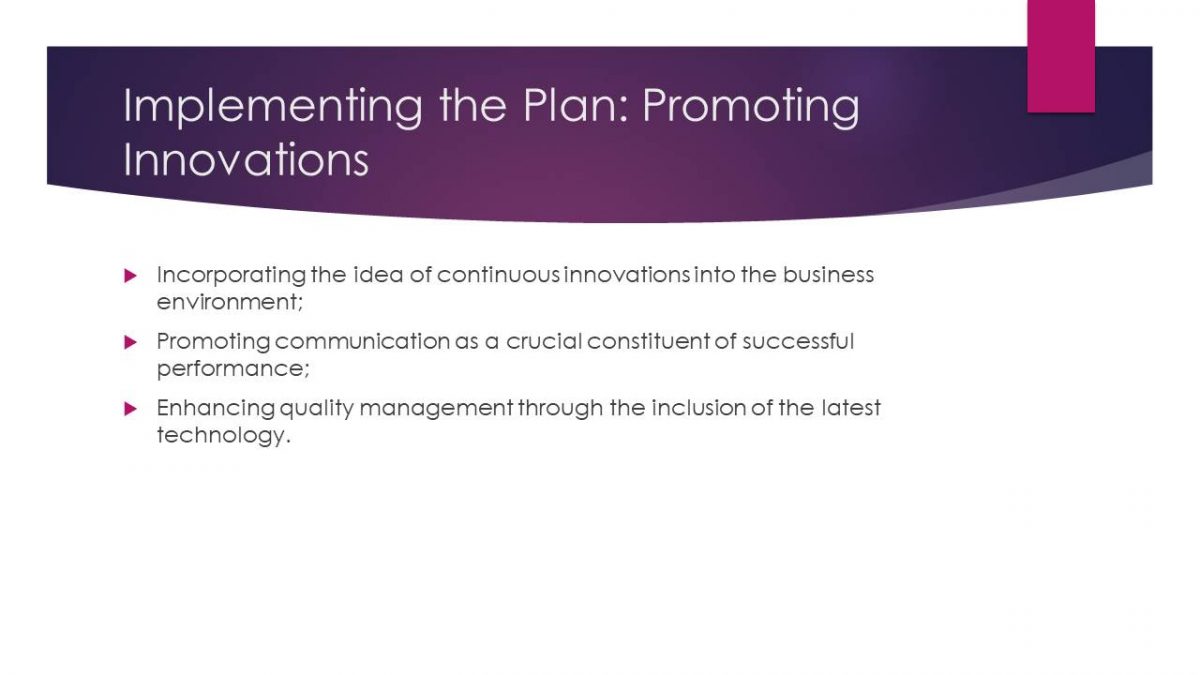
Implementing the Plan: Brand Quality
- Current competitive advantage: price-quality correlation;
- Future changes to brand quality: building strong customer relations;
- Increasing reliability and serviceability of product and services.
As stressed above, it is critical for Walmart to keep its reputation of a company concerned with quality. While Walmart does not guarantee stellar services and products, its competitive advantage does revolve around an unusually low price-quality correlation (Diallo et al., 2015). Put differently, Walmart suggests the maximum quality for the minimum cost (Diallo et al., 2015). Therefore, Walmart should keep its brand quality intact, which can be possible by reinforcing the customer- and value-driven corporate philosophy, at the same time ensuring that the organization retains its key competitive advantage.

Marketing Strategy and Corporate Vision
- Segmentation approach: combination of psychographic and demographic ones;
- Psychographic tool: values, beliefs, and philosophies;
- Demographic tool: age, gender, and social status;
- Combined to create a complete customer profile.
In order to meet the requirements and quality demands of its new audiences, Walmart will need an elaborate marketing strategy. The current approach used by the organization involves psychographic and demographic strategies of segmentation, which help to identify different characteristics of customers. Specifically, psychographic profiling informs the company marketers about the value system beliefs, and philosophies of their audiences, whereas the demographic one indicates their gender, age, social status, and other socioeconomic characteristics (Diallo et al., 2015). The specified tool should be used in the future as well to meet customers’ needs. However, Walmart should also consider adding the cultural dimension to its approach. Thus, the company will gain an insight into its new audience’s needs.
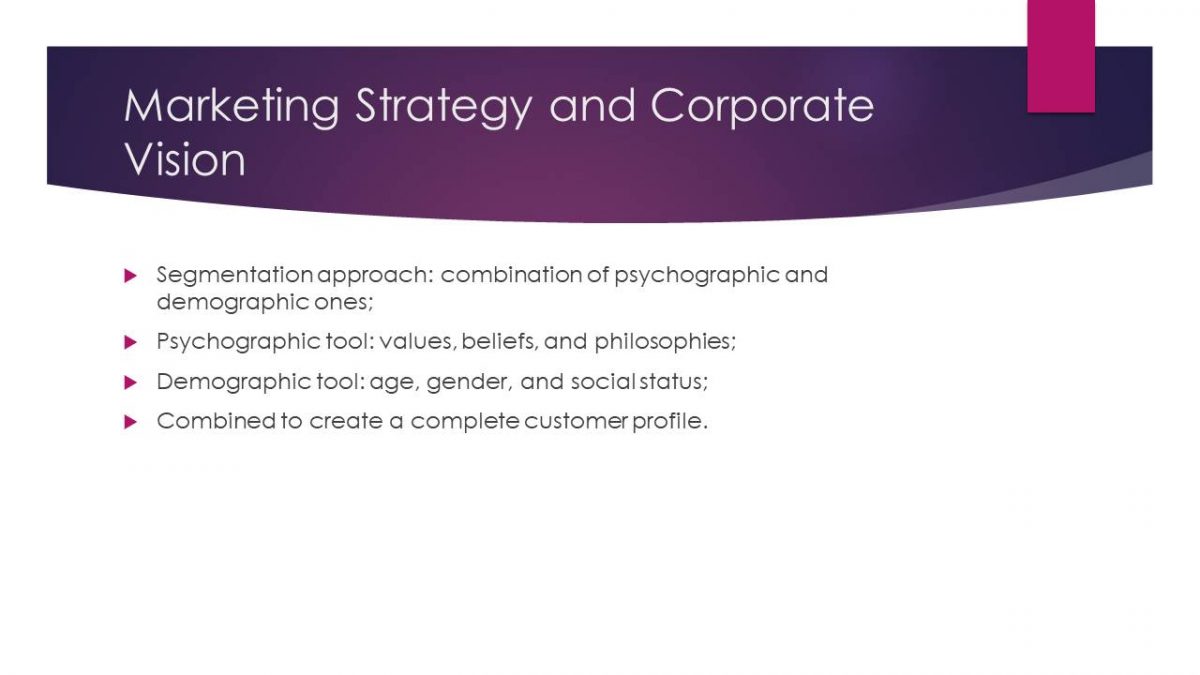
Marketing Strategy and Corporate Philosophy
- Connection between the corporate philosophy and the marketing approach;
- Professional development of staff members as a critical objective;
- Multicultural communication with key stakeholders;
- Focus on innovation and the use of corresponding tools and strategies.
The selected marketing strategy has to meet the corporate philosophy of the organization fully, which means that Walmart may need to reset its priorities. For example, the company should consider the professional growth of its staff members as a critical change. In addition, the promotion of a cross-cultural conversation should be viewed as a necessity. Finally, the existing marketing strategy will need to incorporate innovative devices and tools, thus aligning with Walmart’s new framework of the continuous improvement.
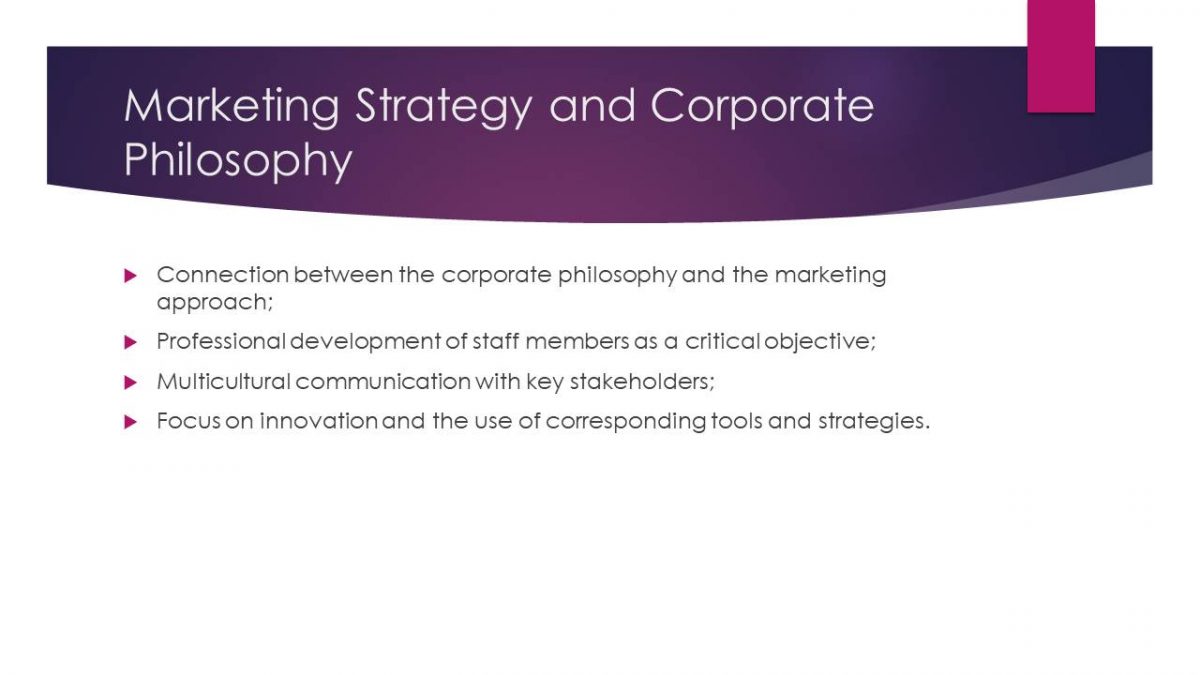
Proposed Leadership Type
- Necessity to switch between different leadership styles;
- Using the Transformational Leadership style at the beginning;
- Encouraging a positive change with the help of the Laissez-Faire tool;
- Institutionalizing change by using the Transactional Leadership approach.
Selecting a proper leadership approach is crucial since it defines the efficacy with which staff members will develop the required qualities and values. Therefore, one will need to incorporate a complex framework that implies using different strategies at different stages of the project. For instance, using the Transformational Leadership tool at the inception of the project seems to be a legitimate approach. Afterward, it may be continued with the Laissez-Faire style, which, in turn, will be replaced by the Transactional Leadership approach.
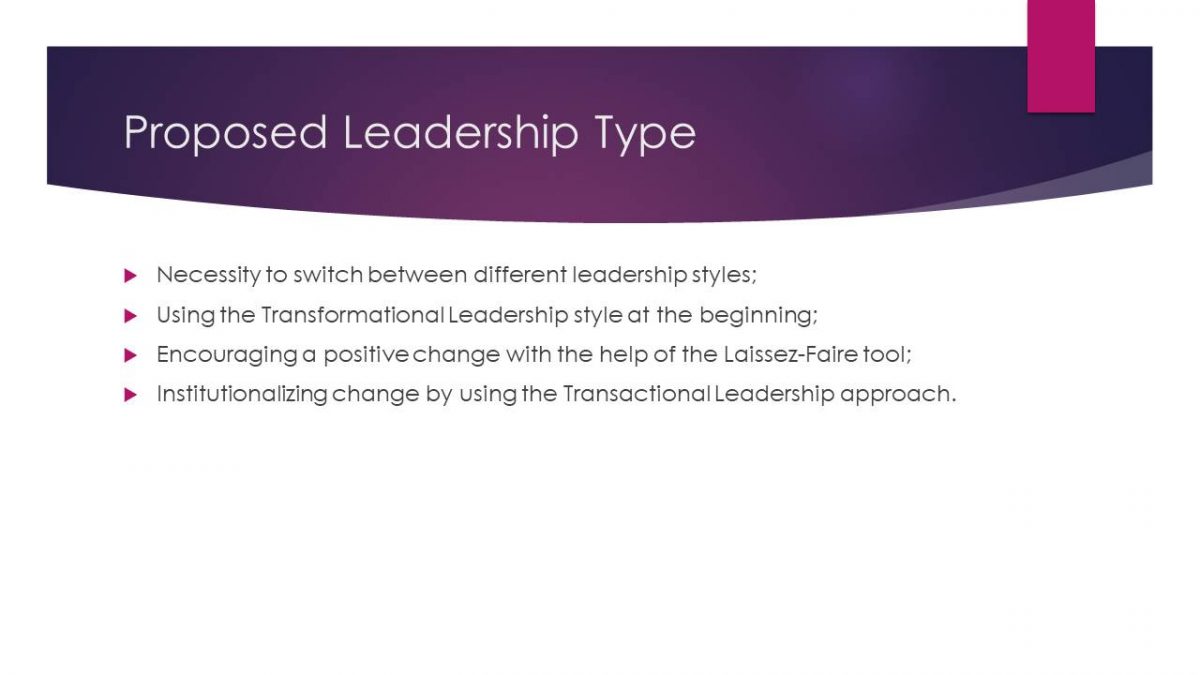
Leadership Qualities
- Ability to manage workplace conflicts;
- Skill of handling difficulties in an alien economic environment;
- Building a conversation with local visitors.
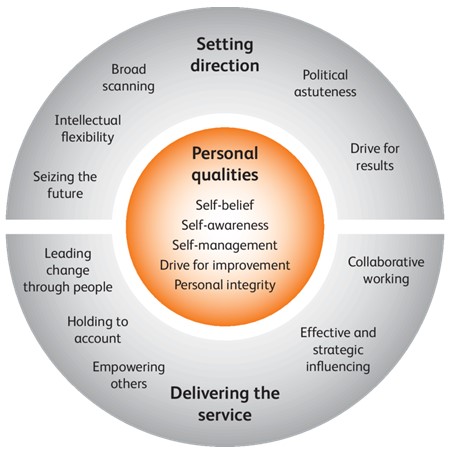
In addition to creating a unique leadership approach, one will also need to build a set of leadership qualities that will enable one lead Walmart to success in a new and rather hostile environment of the Brazilian and Indian markets. For instance, one will need the ability to manage conflicts successfully since confrontations are likely to take place between employees that belong to different cultural backgrounds. In addition, the quality of innovation and creativity was the tool that one needs to develop.
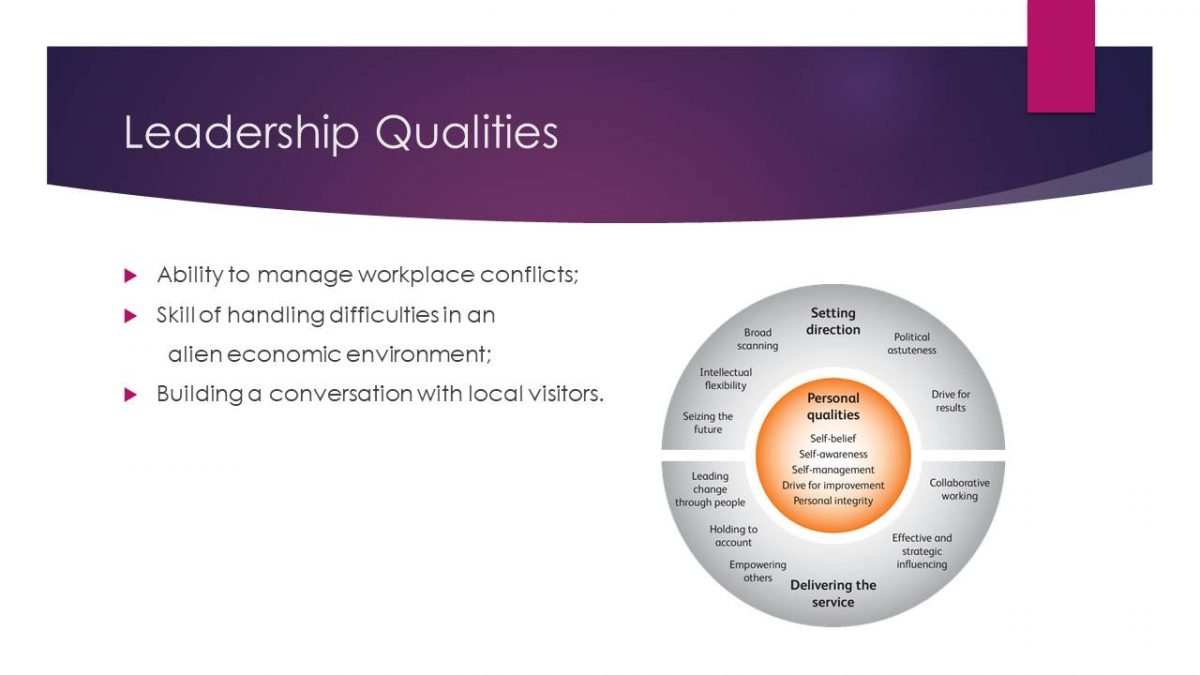
Customers and Their Needs
- Necessarily to balance between the company’s policies and the local specifics;
- Addressing unique interests of the intended population;
- Keeping in mind the cast system of the Indian society;
- Creating additional opportunities for customers without cars in Brazil;
- Ensuring that the communication between consumers and the organization remains uninhibited.
Even though Walmart intends to continue its general policy in India and Brazil, it will need to adjust to the requirements of the local audiences. Therefore, Walmart will have to shape its policy to meet the needs of target buyers. So far, the specified step will require hiring the representatives of local population for the position of retailers and customer service so that the needs of buyers could be identified easily. The proposed technique will help build the levels of loyalty among customers and ensure that the organization develops a memorable image in the specified economic setting. For example, the organization’s new target buyers coming from Brazil does not drive needs to be taken into consideration when marketing Walmart’s products and services.
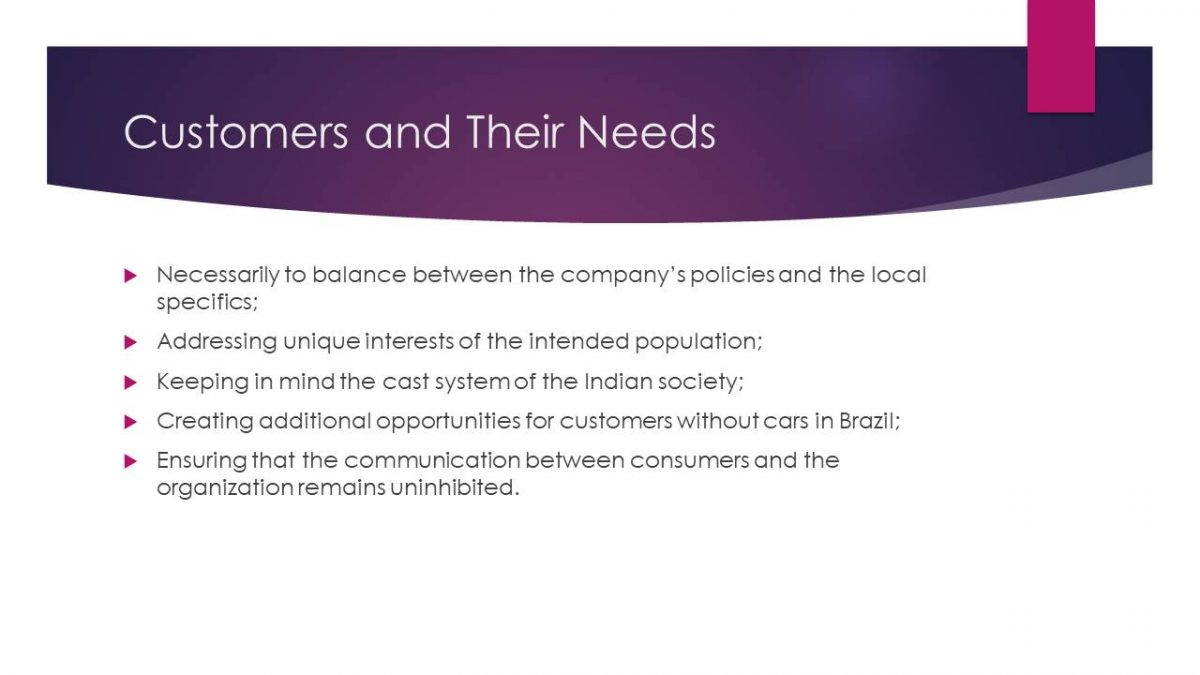
Customers and How to Appeal to Them
- Necessity to target people without personal vehicles;
- Need to address the needs of buyers from economically challenging backgrounds;
- Necessity to target the Indian and Brazilian middle class;
- Focus on the local culture and the markers of social status.
As stressed above, it is crucial for Walmart to realize that the customers to the needs of which it will cater in India and Brazil are strikingly different from those whose needs it managed in the American setting. For instance, the fact that a vast number of Indian and Brazilian buyers that will frequent Walmart will not have cars and, thus will not be able to purchase large quantities of Walmart’s products must be taken into consideration. In addition, the current competitive advantage that Walmart has maintained in the U.S. and Europe may fail to work in the environment of the Brazilian and Indian markets due to rather high economic constraints for the local population in the specified settings. Therefore, the organization may need to position itself as a firm with reasonably priced products of high quality instead.
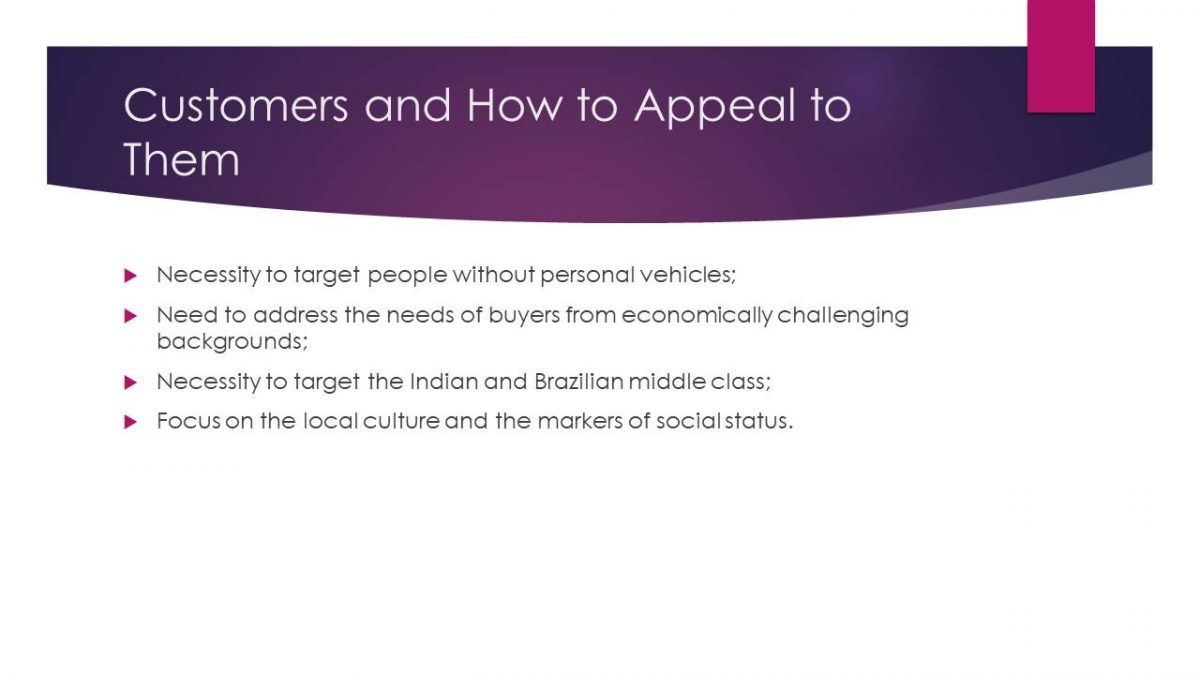
Measuring Success and Achieving the Corporate Vision
- Assessment of the marketing campaign’s success: a crucial step;
- Using changes in the performance rates as the basic assessment tool;
- Evaluating the success by measuring the increase in the range of buyers.

In order to evaluate the extent to which Walmart will implement its marketing strategy in the environment of the Indian and Brazilian economic settings, one will require a well-developed measurement tool. When considering the most basic approaches toward evaluating the company’s success, one may suggest that Walmart should deploy the analysis of its financial performance. By determining the current rate at which Walmart covers the expenses taken to enter the Indian and Brazilian markets, one will define the further progress of the company. Similarly, the levels of customer activity and the rate of attracting new buyers should be regarded as probable measurement tools in the context of the Indian and Brazilian retail markets.
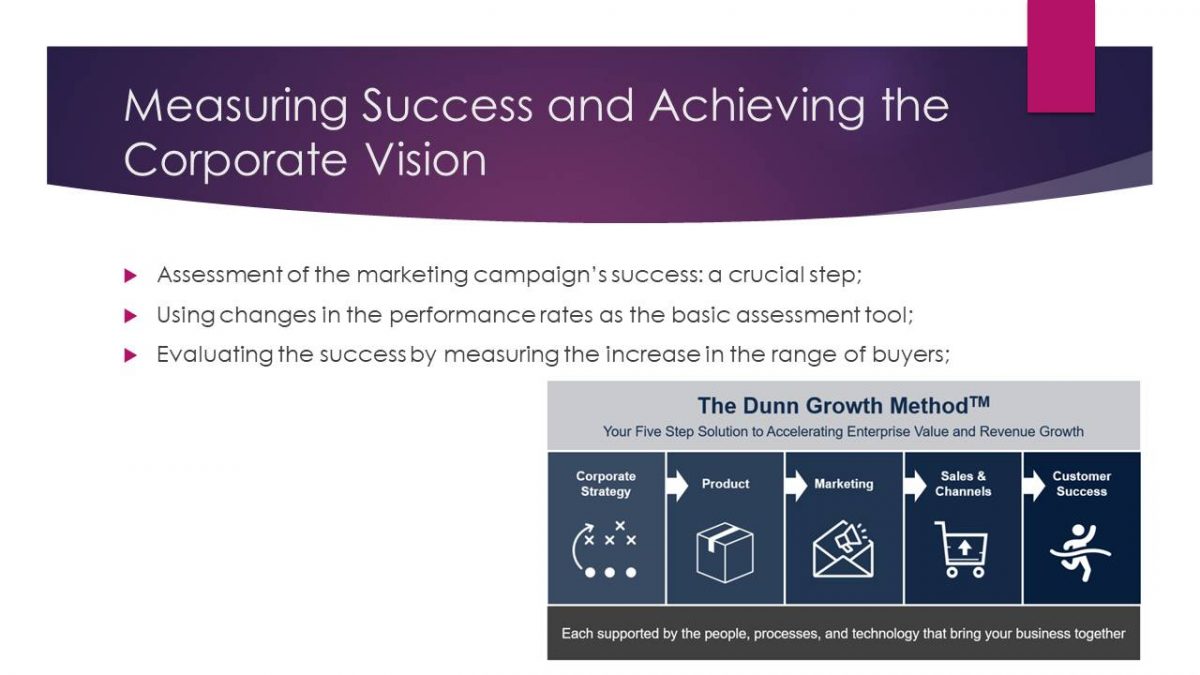
Conclusion
- Walmart: expansion as the current goal;
- Brazil and India: key markets for expansion;
- Necessity to appeal to local customers;
- Shift in Walmart’s marketing approach;
- Use of digitalization and advanced technological tools;
- Understanding of economic constraints faced by local citizens.
Walmart currently needs to expand its services to reach a larger audience. For this purpose, the organization will need to enter new markets, focusing primarily on the Brazilian and Indian retail environments. Thus, Walmart will get a chance at reducing costs, simultaneously gaining support among local buyers.
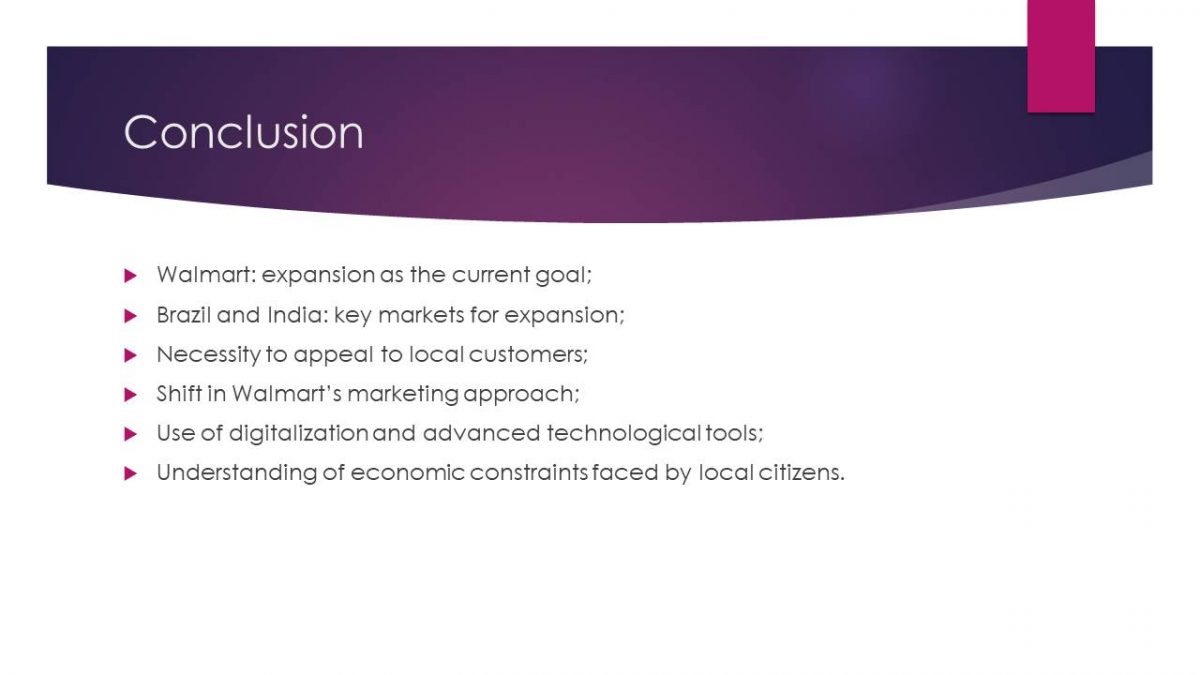
References
Alvarez-Milán, A., Felix, R., Rauschnabel, P. A., & Hinsch, C. (2018). Strategic customer engagement marketing: A decision making framework. Journal of Business Research, 92, 61-70.
Diallo, M. F., Burt, S., & Sparks, L. (2015). The influence of image and consumer factors on store brand choice in the Brazilian market: Evidence from two retail chains. European Business Review, 27(5), 495-512.
Ferrell, O. C., & Speh, T. W. (2017). Marketing strategy (7th ed.). Boston, MA: Cengage Learning.
Indian retail market expected to reach $1 trillion by 2020. (2017). The Economic Times.
Total of retail net sales in Brazil from 2013 to 2018 (in billion U.S. dollars). (2018).